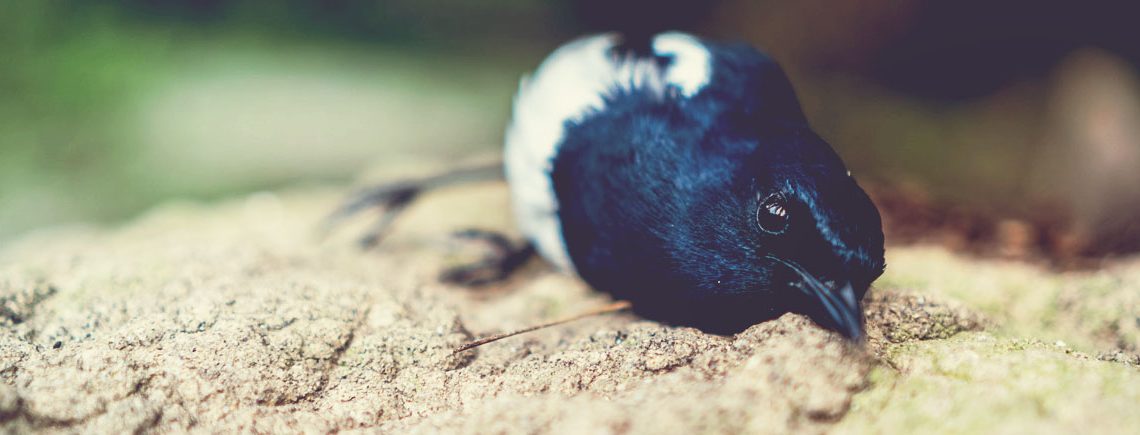I Found an Injured Bird-What Do I Do?
It’s not uncommon to find an injured bird, as they often find themselves in the midst of dangers. Whether it is accidentally flying into a window, falling out of a nest or sustaining an injury due to predators like cats, birds can easily hurt themselves and require some care before returning to full health.
In this blog post, we’ll give you advice on what to do if you find an injured bird in distress in your garden. In most cases, chicks out of the nest or on the ground should not be bothered, but in certain circumstances intervention may be necessary.
Does the bird need help?
Before you approach the bird, make sure it is actually in distress and needs medical attention. Characteristics of a bird in need are:
- Not moving, on the ground
- Visible injuries such as blood, bites, wounds, or broken bones
- Doesn’t fly away when you come near
- Feathers extremely fluffed up
- Tries to fly, but can’t
- Wing is drooping/hanging or not symmetrical
- Dangling leg, unable to walk
- Picked up easily
If you can’t tell whether the bird is injured or not, leave the bird where it is and observe it for a time.
How to Handle an Injured Bird
It is essential you do not handle the bird unnecessarily. Birds are not used to being touched, so any touching or stroking can cause a lot of stress. Once you are absolutely certain they need help, you can intervene.
- Small birds like the wren and coal tit can be firmly held in one hand, placing the hand over the bird so that its head is between your fore and middle fingers, letting the rest of your fingers wrap around the wings.
- Medium birds like the dunnock and siskin can be handled using two hands, each covering a wing.
- Large birds are best handled by an expert as they are capable of causing harm to anyone trying to handle them.

What To Do With Injured Bird
When catching the bird, make sure you don’t squeeze them too tightly, as this can cause respiratory issues. Gently approach the injured bird; attempt capture it from the direction that bird would naturally fly to, and place it in a cardboard box with a lid or towel on the top. Leave it in a cool, safe place.
Darkness helps relieve stress and is often the most suitable first aid you can give the bird. Birds often go into shock after an injury, and they may just need some time to regain their senses before being able to fly away.
Don’t try to force the bird to take any food or water off you. Instead, take the bird outside and open the box every fifteen minutes to see if it will fly away. If the bird is unable to fly after a few hours, it is time to bring him to a specialist.
What To Do Next
Vets aren’t obligated to treat wildlife free of charge, and usually aren’t trained wildlife care. It is a good idea to call around local practices before visiting, and find out if your vet has connections with any local wildlife rescue groups to ensure the animal is taken care of after being treated.
For a contact list of local wildlife rehabilitations, see here.

